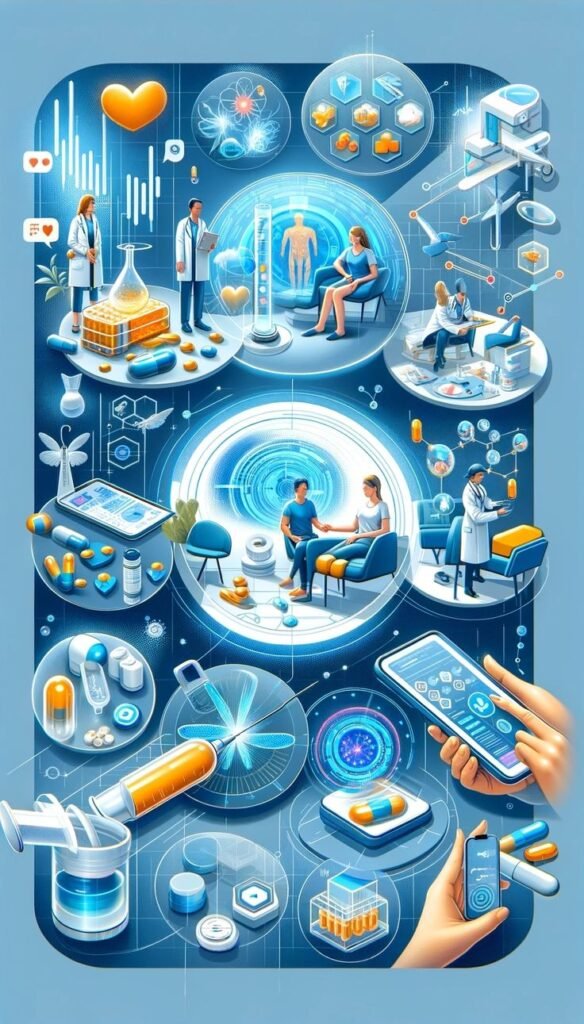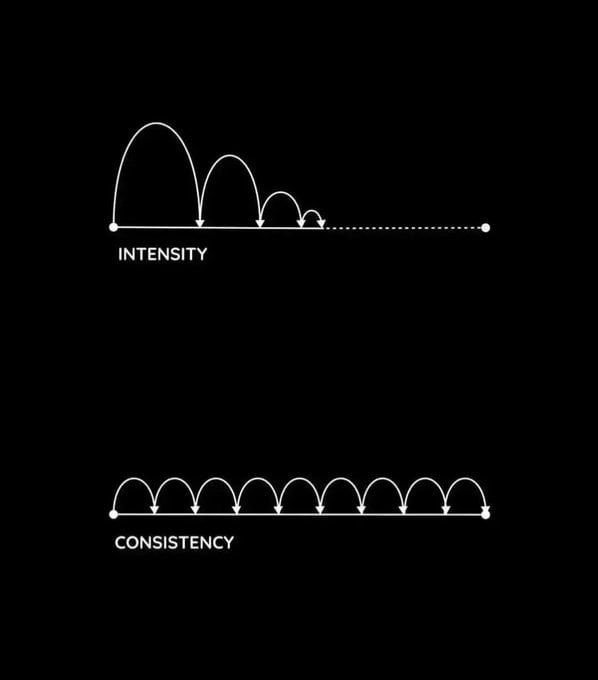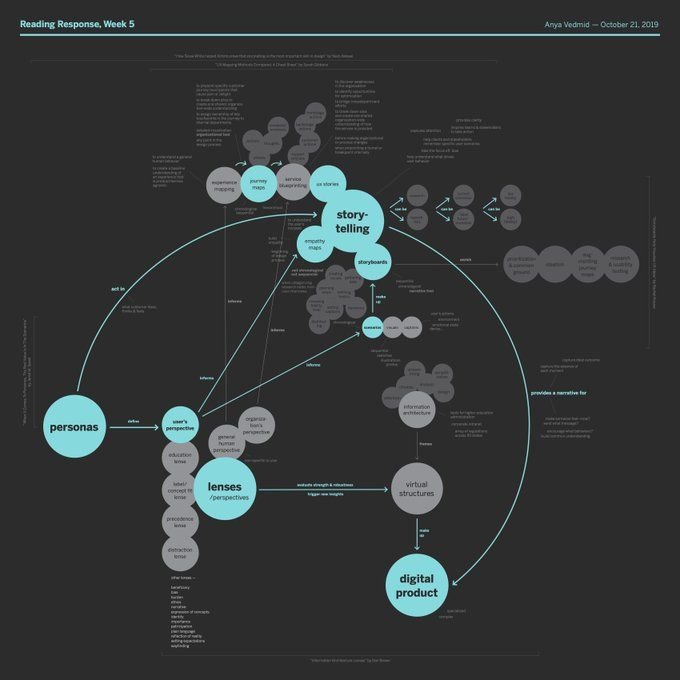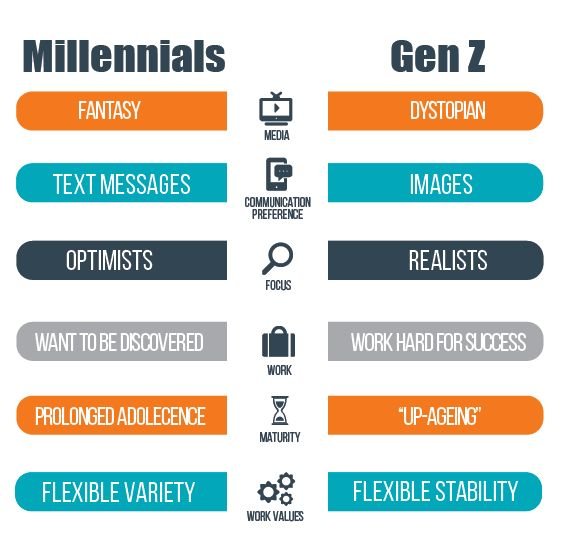Find out how AI is becoming part of the content creation process. Maybe it’s speeding up your writing or making it more creative, and AI-powered tools are changing content creation. Find out how the GPT-3 and other AI writing assistants are revolutionizing blogging, marketing, and digital content. Even though AI provides solutions that are time-saving, cost-effective, and scalable, there are certain limitations to creativity and understanding the context of AI. Will AI replace human writers or enhance their work? Find out the future of writing through the evolution of AI, helping writers do strategic tasks while automating repetitive content creation.

AI-Powered Writing: The Future of Content Creation?
Content is the new king in this age of digitization. Whether it is the blogs, social media updates, business communications, influencers, or even people, quality content becomes pertinent for communications, engagement, and eventually, success on the online platform. As the demand for content grows to new heights, so does the quest for innovative solutions that facilitate quick and not compromised creation processes. Among the latest technologies making ripples in most industries is Artificial Intelligence (AI).
These advances are going to pave the way for growth in content, and AI writing tools are no exception. Such tools hold the promise of saving time, saving costs, and even raising the quality of the content. But just with every technological advance comes questions about how AI is to function in the future of writing. Will AI supplant the human writer or support creativity and efficiency?
In this blog, we’ll explore the evolution of AI in writing, how AI-powered tools work, their advantages and limitations, and whether AI writing is truly the future of content creation.

The Rise of AI in Content Creation
Artificial intelligence has grown significantly over the years. The early systems were not very complicated and could only execute very simple operations, such as data analysis or providing basic responses to user queries. With NLP and ML, now AI can understand and generate text in ways similar to humans.
The most notable development in AI writing has been advanced language models like OpenAI’s GPT-3 (Generative Pretrained Transformer 3). GPT-3 is a very powerful language model released in 2020 and was trained on billions of data points. This means that GPT-3 can create coherent, contextually relevant, and even creative text based on just a few input prompts.
Since then, many companies and developers have used AI-powered writing assistants, such as Jasper, Copy.ai, and Writesonic. The tools generate a blog post, give product descriptions, create social media content, write emails, and even help with academic writing.

How AI-Powered Writing Tools Work
This understanding or approach, based on Natural Language Processing or the sub-group of Artificial Intelligence that specializes in the interaction between human and computer language, allows AI-powered tools to recognize and understand human languages in context to generate new human-like writing.

On average, most of them work with this process in mind:
Huge datasets of books, articles, websites, and even any other form of written data are fed into AI models like GPT-3 during their training processes. Having learned such enormous amounts of data, the AI begins to grasp grammar, contextual relationships, tones, and subtle nuances in a language.
Text Generation: After training, the AI can generate text according to the input of a user. For example, if you give it a headline or a short description, it will create content that corresponds with the prompt, as based on its knowledge of patterns in language.
Customization: Most AI writing tools allow customization of the tone, style, and format of the content. You may be writing a formal business article or just a funny social media post. The AI can adjust its output according to the style desired.
Content Smoothening: Other AI writing tools have grammar checks, rephrasing, and enriching content to make it more natural or convincing. These features help in fine-tuning the result so that the content output is of quality.

Benefits of AI-Based Writing
AI-based writing applications have many crucial benefits for the content developers. Let’s go through some of them in great detail:

1. Time Saving
Maybe it is the ability of speed that AI gives in putting content together. A human writer might take hours, even days, drafting the lengthy process that most write or blog about. With an AI, all of this will have been achieved in a short amount of minutes. The value to businesses whose expectation is to produce loads of content at a go is immeasurable through AI-powered writing tools.
For example, AI can help you to come up with an outline for a blog post, draft it, and even offer you title and keyword suggestions within a few minutes. This means that writers and marketers can spend more time working on the higher-level jobs such as strategy and optimization rather than on content creation.

2. Cost-Effective
It is just too costly to hire professional writers for everything. This is, of course, not only a small business or startup issue. Instead, writing tools for AI seem to be another more affordably priced alternative offering high-grade writing at fractions of its cost. These, however need not replace full-time humans, but still help scale down the creation of expensive content by shouldering mundane or formula-writing tasks with most of its bulk load.

3. Consistency
AI can create content that would otherwise have been consistent in terms of tone, style, and voice. In branding and messaging, this is somewhat crucial because whether you need a chain of blog posts, social media updates, or email newsletters, AI maintains a uniform voice across the platforms-this is very useful for a business that requires presenting consistency in their content brand.

4. Scalability
When a business increases their activities, they require more contents. With AI writing software, it is possible to create large volumes of contents with no need to have multiple writers. In every situation whether new markets or product, AI can help produce vast quantities of content.

Drawbacks of AI-Based Content Writing
While AI writing tools have a lot of advantages, they do have limitations. These will be crucial in figuring out how AI fits into the future of content creation.

1. Lack of True Creativity
Content writing depends on patterns or data for creating content, but they never have creativity. Human thought can be replicated through a study of successful patterns for writing because it lacks human emotional intellect, intuition, and exclusive thought. Maybe it will require a lot of time and practice before it even presents an actual interesting plot or good content that elicits an emotional response to people.

2. Contextualization
AI, in its present stages, is not able to really accomplish complex contextualization or an abstract definition of thought. The closest it gets is to make good-sounding statements but the context for that particular theme being presented by a human is lacking. AI might write a good general article missing the subtleties an expert would bring in his presentation.

3. What it is dependent on is really good data.
AI writing tools are trained on vast datasets. If the dataset used is incomplete or biased, then the content developed will be the same. For example, a stereotyped or misleading AI model can generate content that unknowingly perpetuates stereotypes or misinformation. In that sense, there is a need for human oversight to ensure accuracy and quality in content.

4. Plagiarism Risk
Despite their grounding in massive amounts of content, chances are that the output will simply be anything that has been there before. This is always helpful for producers who just have to ensure that the work is provided. Most of the AI tools have a plagiarism checker, but they have to fall back on their creators to check and polish this output before it comes out.

The Future of AI-Powered Writing
So, is AI-powered writing the future of content creation? The short answer is yes—AI will surely have a huge role in content creation in the future but is unlikely to replace all human writers.
Instead, AI tools are likely to end up being collaborative writers. As it assumes more mundane tasks such as drafting, editing, and brainstorming, the human writer gets to concentrate on creativity and storytelling. It may develop into tools for even higher-order work with research data analysis, personalization of content, etc.
It’s about the future where AI and human input come together for content creation. There are some tasks like creativity and emotional intelligence, where no AI system can ever be able to completely replace. And then there are the tasks where AI is still very much an essential helper-speed, scalability, and consistency in short-finding that right balance is a key challenge where businesses or content creators find how they can leverage AI in addition to their own capabilities.

Conclusion
This artificial intelligence promises to revolutionize the world of content creation. Some disadvantages in terms of efficiency and cost reduction and scale in comparison are less creativity and less understanding of the context. It will not replace a human writer but rather be an amazing assistant for human writers, such that they can produce higher quality output in lesser time with improved efficiency.
Indeed, it would get hazy, but one thing remains clear: AI is not going away, and its part in content creation will keep growing. Embracing AI as a tool to boost their workflow will help writers and businesses stay ahead of the curve and unlock all the potential this transformative technology has to offer.






















+ There are no comments
Add yours